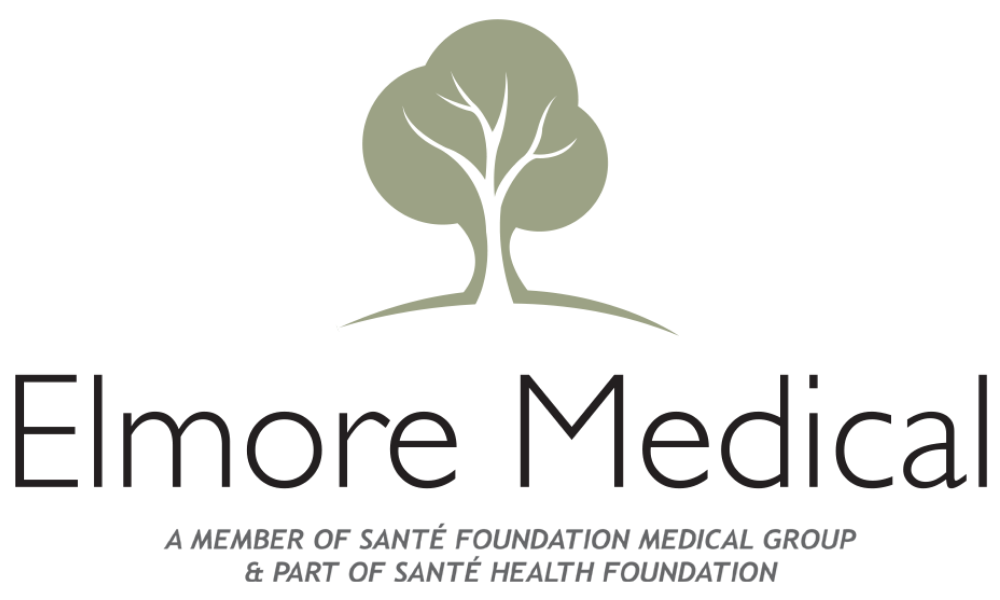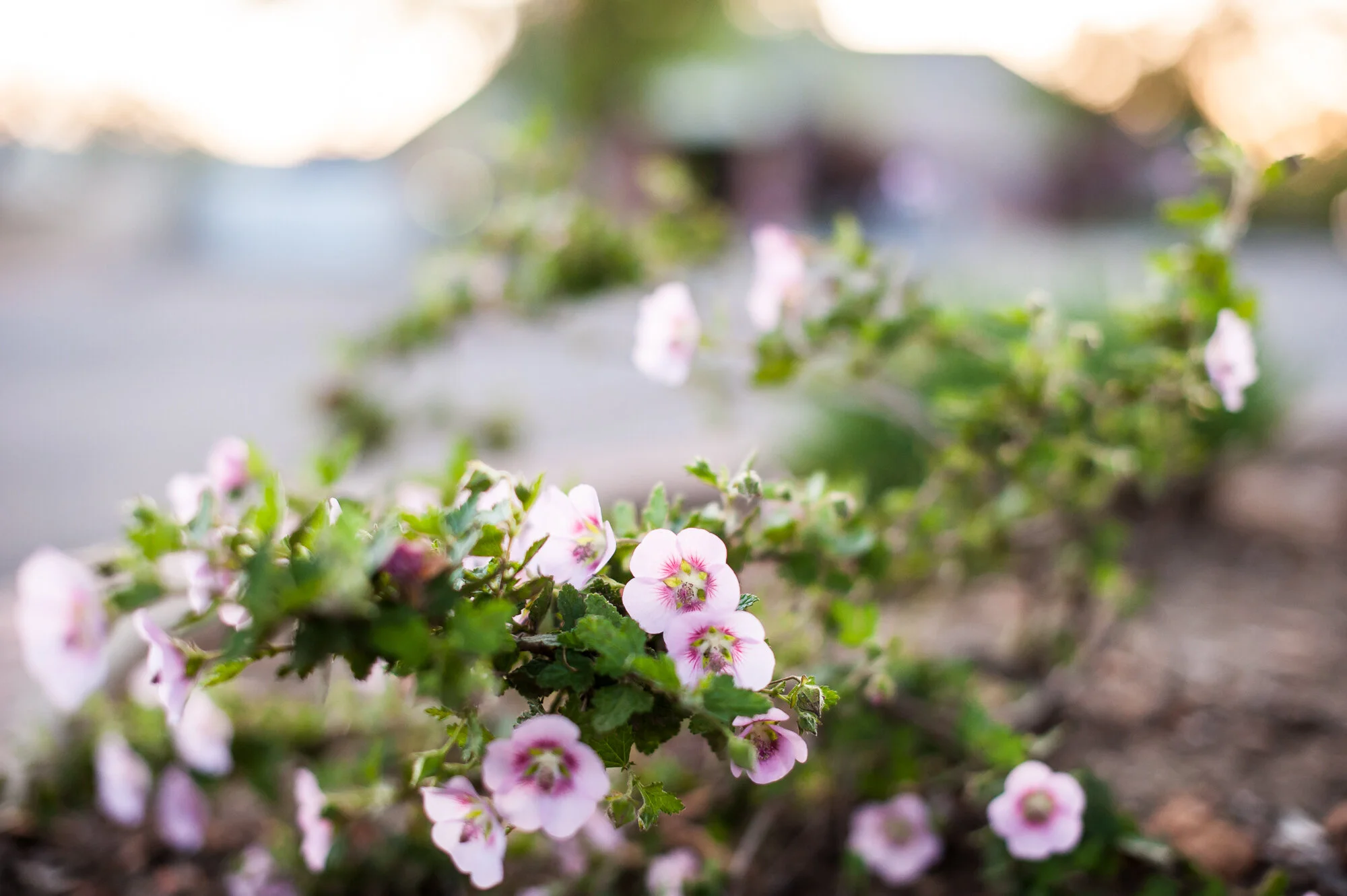
BLOG
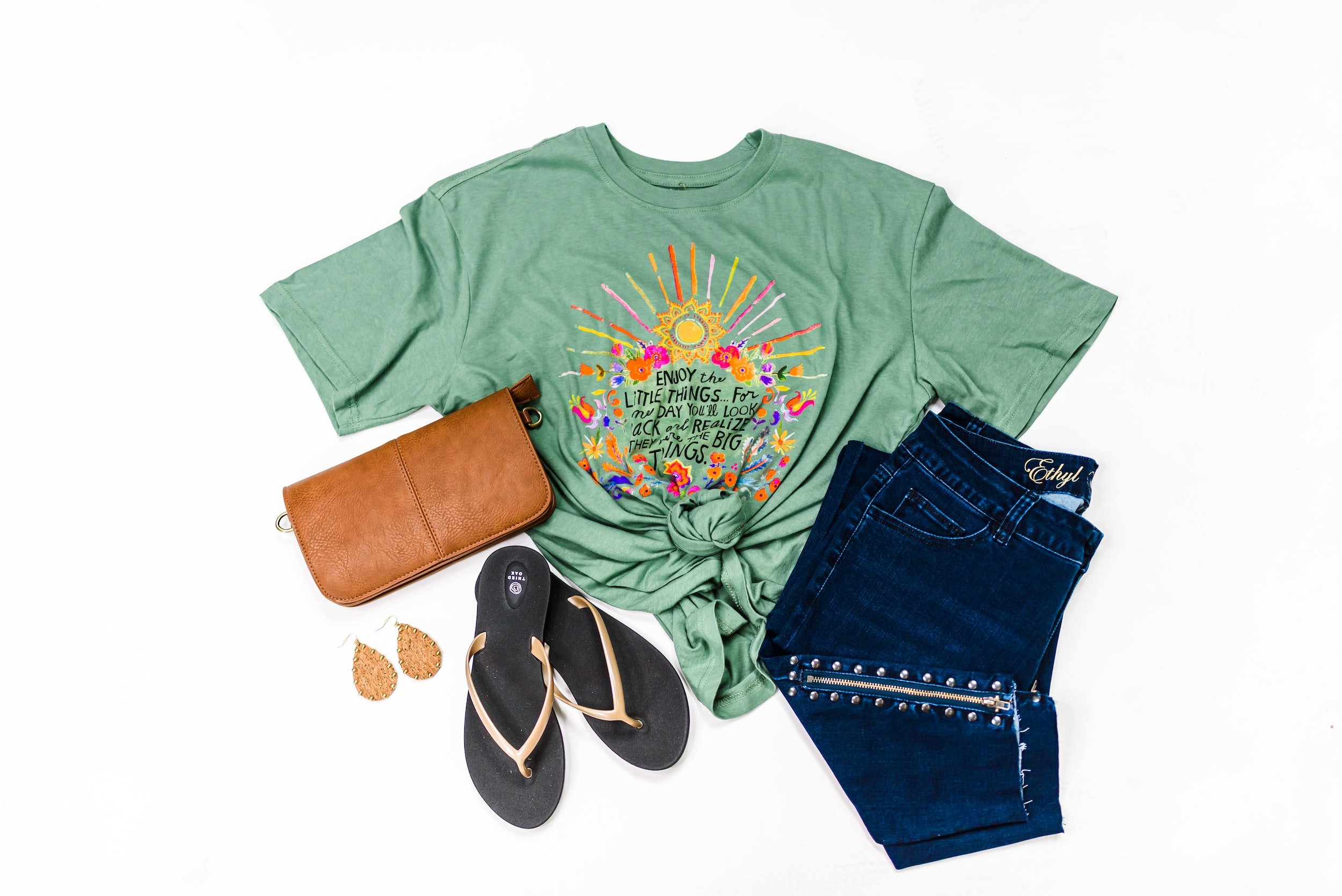
Can the Clothes you Wear Lead to Varicose Veins?
Certain types of clothing, especially ill-fitting garments, can contribute to the formation of varicose veins, as well as exacerbate symptoms of existing varicose veins. In this article, we’ll discuss the correlation between the clothes you wear and the health of your veins.
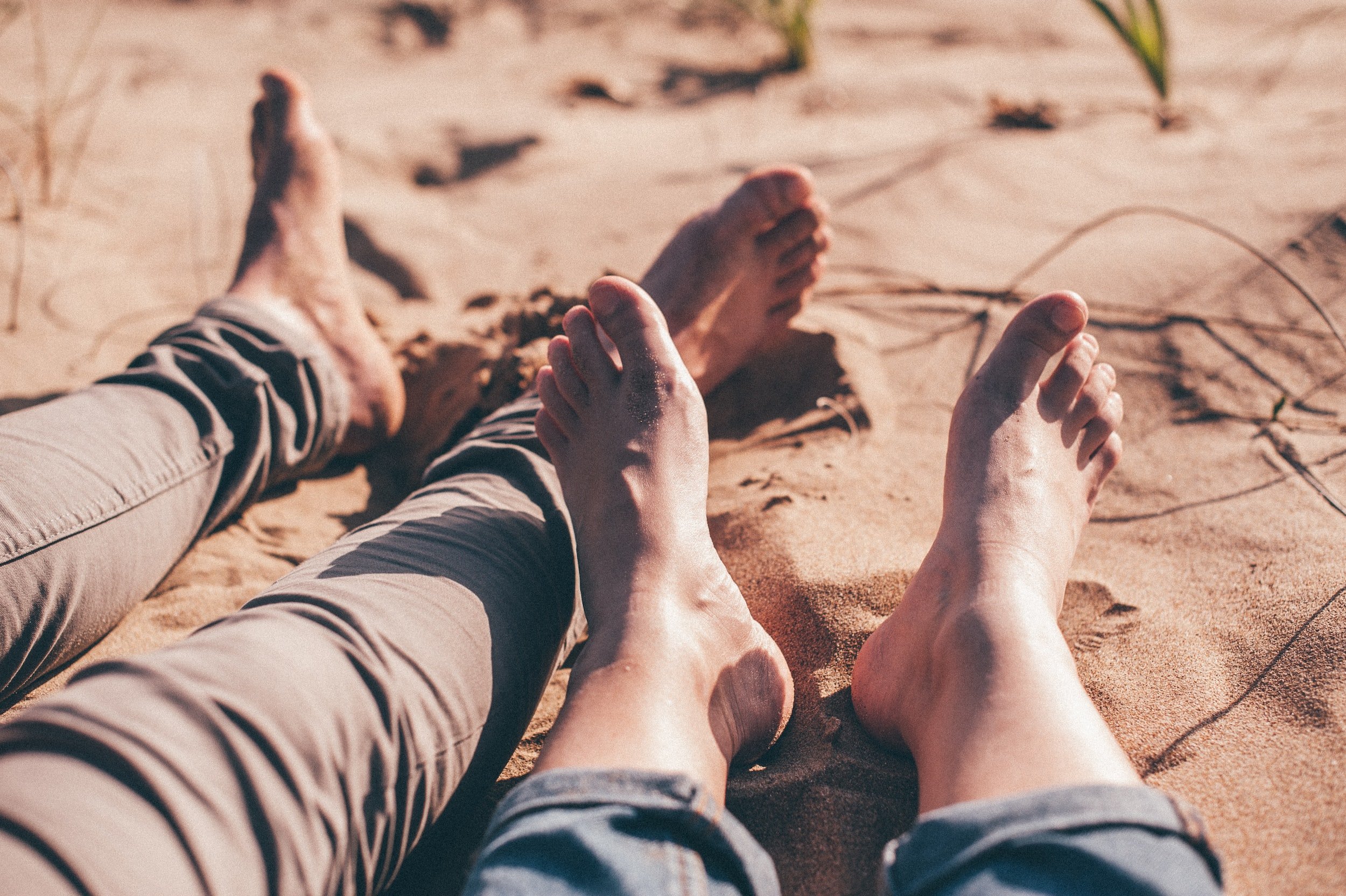
Major Differences Between Arterial and Venous Insufficiency
Both arterial and venous insufficiency can lead to a number of health problems. It is important to understand the difference between the two so that you can get the treatment you need.

7 Beneficial Ways to Prevent Varicose Veins
Varicose veins and vein disease can cause a great deal of pain and discomfort, as well as affect your quality of life. In this article, we will discuss 7 beneficial prevention methods for varicose veins and vein disease in detail.
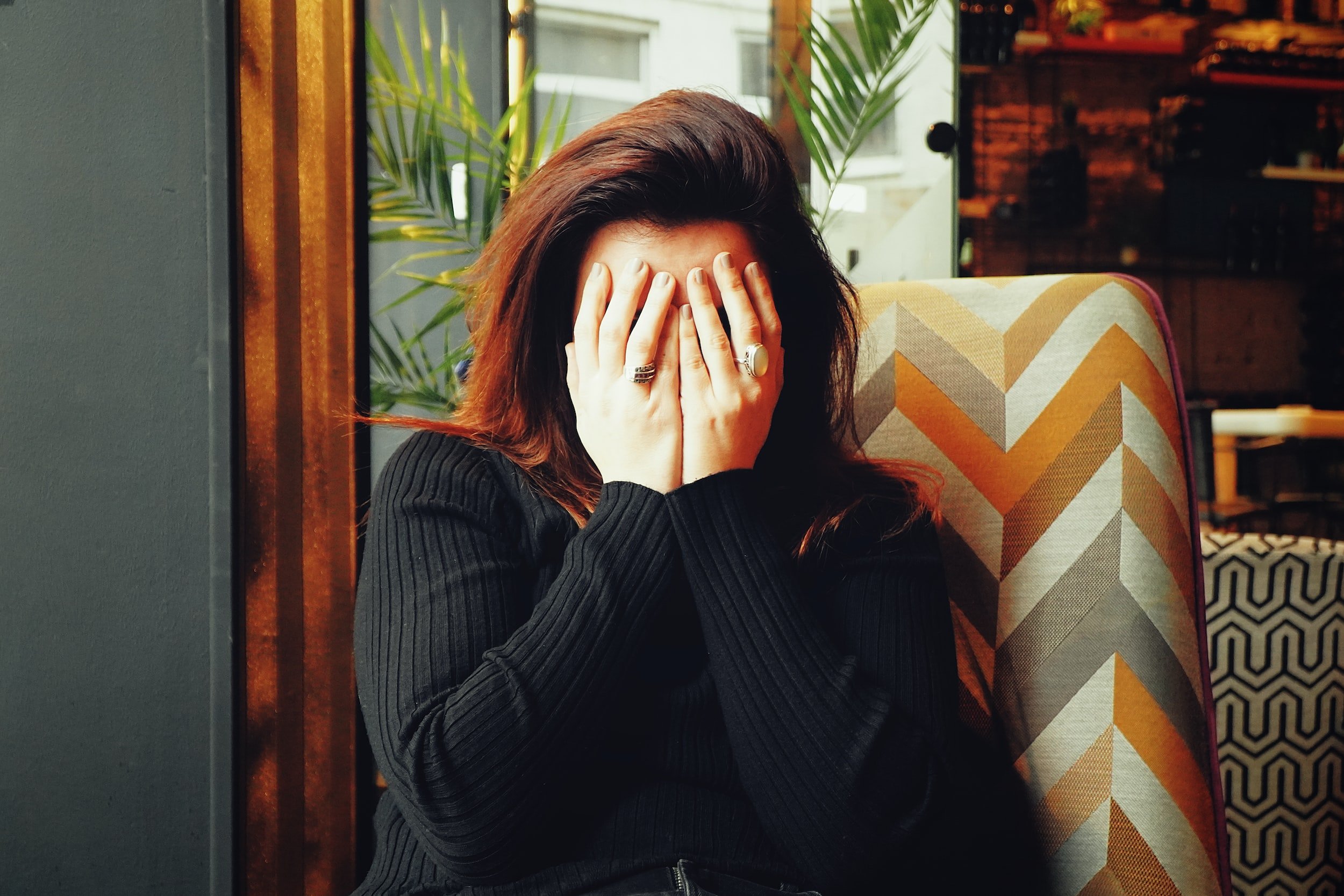
What to do About Facial Spider Veins
Spider veins, along with varicose veins, are most commonly associated with the legs and lower areas of the body. However, they can appear anywhere the blood flow may be affected, including the face.

Can Varicose Veins Come Back After Treatment?
In this article, we will explore why things like varicose veins might reoccur, the different types of treatment available, and what people can do if vein disease returns after treatment.

Does Crossing Your Legs Actually Cause Varicose Veins?
One of the common theories that has developed over time is the belief that crossing your legs can cause varicose veins and other vein health problems. Is this really true?
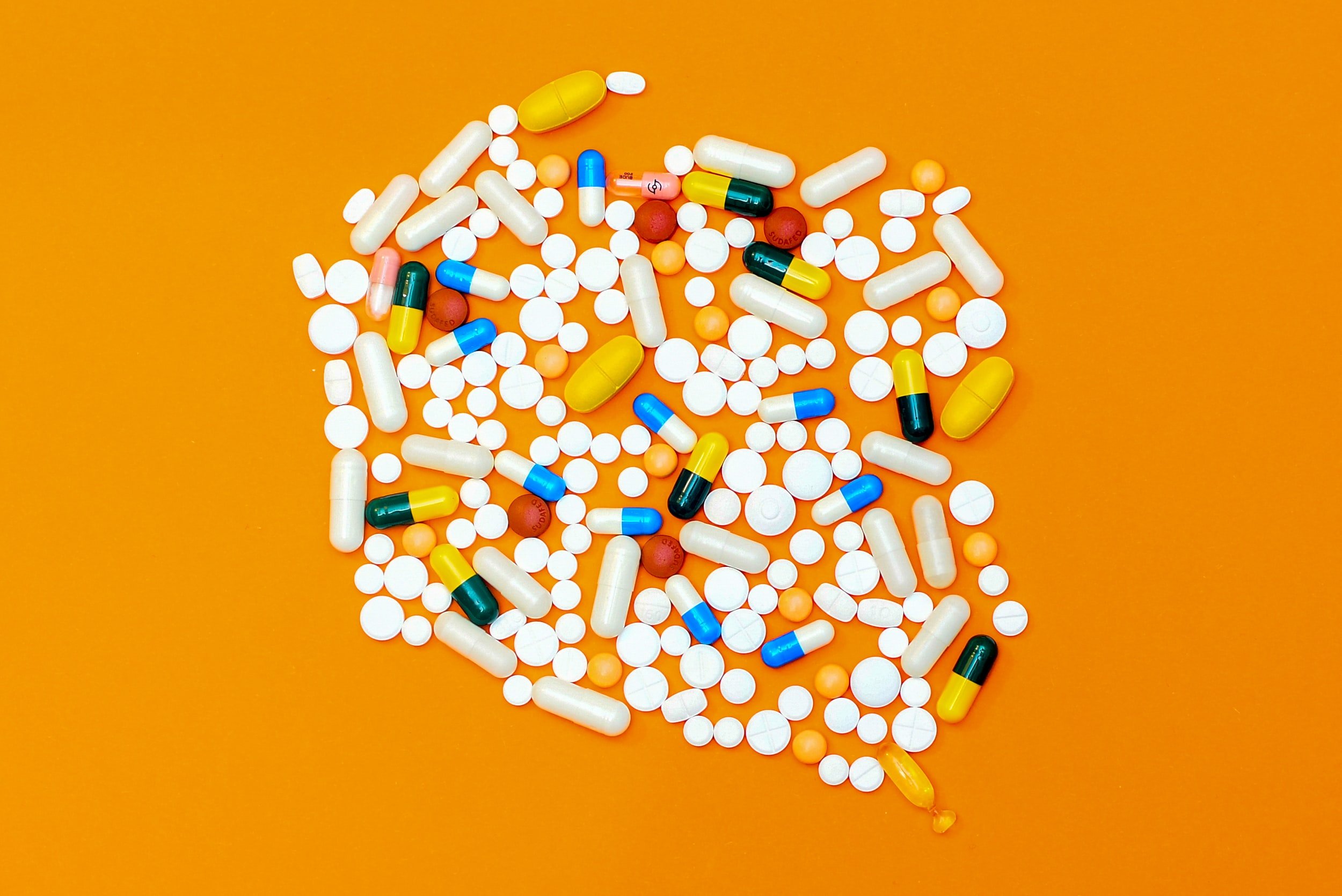
Can Medication Cure Varicose Veins?
Despite there being a medication for seemingly every possible ailment, no such pill or over the counter medication exists to cure vein disease. That being said, certain things can help alleviate some of the symptoms that go along with varicose veins such as leg swelling, lack of proper blood flow and cramping.

The Varicose Veins You Can’t See
Many people believe that varicose veins are simply a cosmetic issue, but that is not true. When a vein becomes varicose – even if it is not visible on the surface of the skin – it can still cause a great deal of discomfort, swelling, and pain in the affected area.
